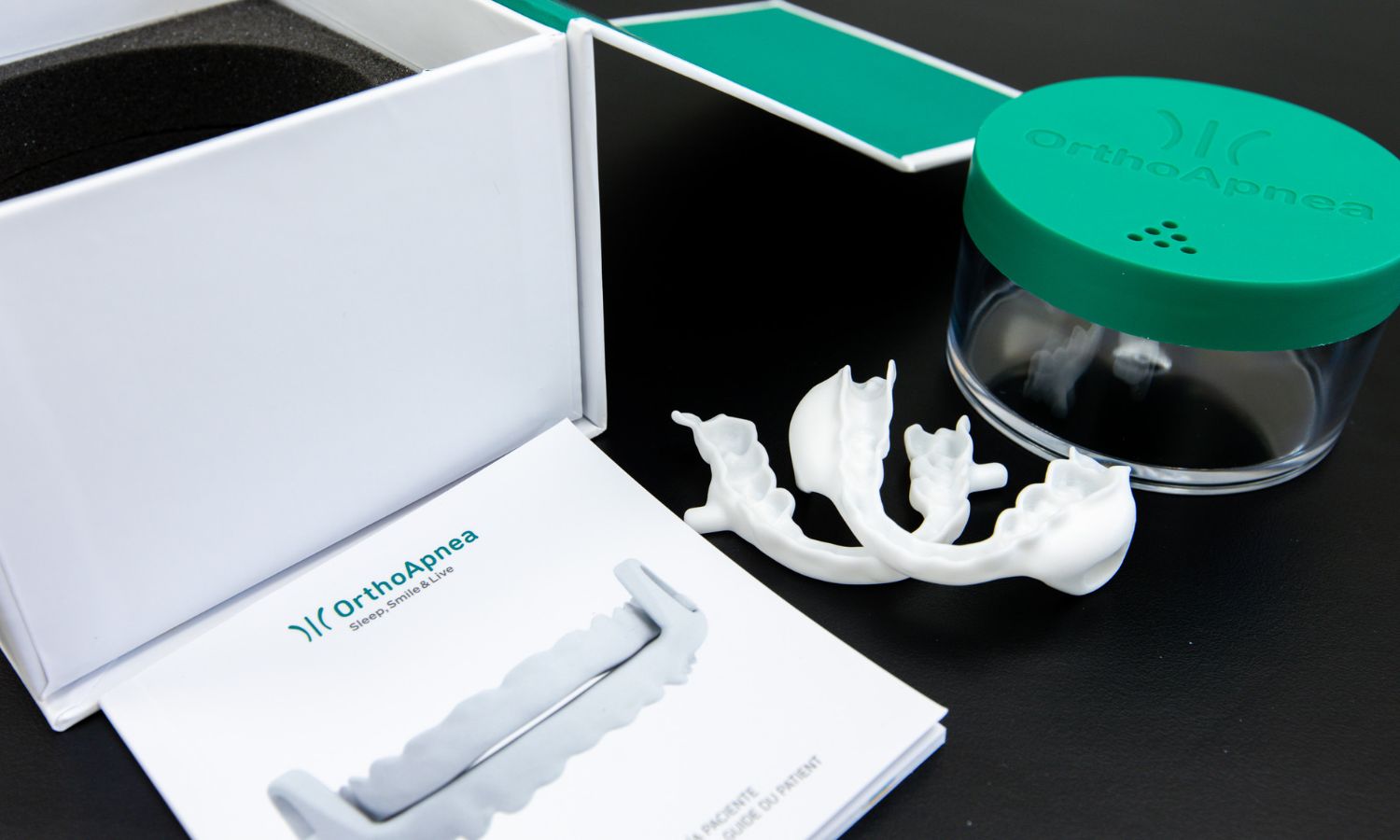Sleep Apnoea Hope: Can Anti-Snoring Devices Save Your Relationship?

Anti-snoring devices have been around for at least 350,000 years.
At the start of the 1980s when Tom Petty was heart breaking and Devo had decided to whip it and whip it good, paleoanthropologists were unearthing thousands of broken pieces of bone in Spain’s Atapuerca mountains. The bottom of a 13-meter-deep shaft of the spectacular cave chamber at Sima de los Huesos – ‘pit of bones’ – yielded the remains of at least 29 hominin individuals of mixed gender and age. DNA analysis revealed them to be Homo heidelbergensis, an ancestor of Neanderthals and the oldest human genetic code ever sequenced.
Whether the pit was a burial site or simply where floodwaters deposited bones, paleoanthropologists managed to reconstruct the partial skulls of twenty of those long-dead hominins.
What’s surprising is that although several had clearly been killed by violent blunt force trauma, most of them had survived bone-breaking blows to the head.
Seventeen skulls showed signs of a depressed skull fracture injury – the majority being old wounds that had healed long before the individual had carked it.
Were current technology sufficiently advanced, the seventeen owners of these skulls would undoubtedly prove to have been snorers.
During this ancient time, the only anti-snoring devices available were bifacial stone hand axes, cleavers and carvers. It was a dependable plan for getting a good night’s sleep and the primitive equivalent to kicking the snorer – only harder. These tools were all handed down from Homo ergaster – a species possibly so sleep-deprived that all it ever managed to do was to stay in Africa, and work on having modern-day proportions of elongated legs and shorter arms in comparison to torso size.
Thankfully they were good at that.
Were Homo ergaster or Homo heidelbergensis in fact sleep deprived, as species they would have been dealing with both short and long-term consequences.
In the short scary story, lack of adequate sleep affects judgment, mood, and the ability to process information. This increases the risk of serious accident and injury and in those times, maybe a clock on the head with a sharp instrument.
Longer term, chronic sleep deficiency gives a list of health problems to choose from. It includes although is not limited to, cavities, arthritis, diabetes, obesity and cardiovascular disease.
All the issues experienced worldwide on this planet that no longer sleeps and doesn’t teach its children how to either.
Insufficient sleep whether for a weekend or a lifetime also generates cirrhosis of the human gland, which makes you impossible to be around.
Or makes it impossible for you to have other people around.
In Arkansas 44-year-old Dawn Weiser gave her husband a punctured spleen, lacerated liver and three other stab wounds before pleading not guilty to first-degree attempted murder. It was a snoring flashpoint had clearly become a sore point and stabbiness ensued.
It certainly stopped the snoring.
After “…trying to sleep for ages” a Welshman held a cushion over his wife’s face because of her snoring and nighttime mint-eating crunch (presumably not at the same time). She escaped to a neighbour’s house after he gave up trying to kill her.
He was probably too tired.
A Florida woman fired a shot at her boyfriend, and in China a student received the death sentence for stabbing his roomy to death.
Snoring brings out the knives. In Turkey, after three sleepless nights a man took a knife to his sonorous roommate twenty times.
And no wonder.
Research proves that living without proper sleep on a constant basis is the formula for no life at all.
There’s too much brain fog and moodiness from fatigue and the fugue of brain chemicals gone awry. And all of it’s much less fun when it’s not habitual binge-watching ruining your sleep, but a chainsaw buzz hacking through sinus bushland, emanating from a mound of flesh you can no longer view as human.
As one forum poster noted at 3.28am on a Tuesday: “The reason I’m still up is my husband is snoring violently next door. If I go and try to lie down I will want to murder him with my hairbrush. Oh god. It can’t be normal to want to kill someone this much. It’s like he waits for me to nod off by lulling me into a false sense of security with tiny grunts and then does the most enormous snort ever, making me jump. It’s impossible. At least in prison I’ll get a better night’s sleep.”
Partners share a lot. Studies show that for couples, health status is always tied: activity levels and food beliefs are generally mirrored, adopted or adapted. And it includes sleep issues.
Even if you’re not fully wakened from sleep, the effects of a partner’s snoring still register and disrupt the flow of sleep. Like women synchronising cycles, a couple sleeping together can sometimes transfer one’s bad sleeping problems to the other by mimicking inhalation and exhalation patterns.

In a Mayo Clinic study, what won’t be a newsflash is that snorers woke their sleeping partners more often than they woke themselves. Physiological aspects aside, emotional tension manifests in relationships where snoring is a permanent squatter of the night.
Love counts for little when it’s nagged to death by shortened sleep.
Fatigue, high blood pressure, and reduced dopamine levels and sex drive are all bad for your health. The depletion of cognitive ability is bad for self-esteem with the missing of opportunities and heightening of insecurities.
All this interrupted sleep is nothing in comparison to the faulty full-breath inhalation and exhalation from the person causing this interrupted sleep.
As a symptom of sleep apnoea, snoring shortens the breath and de-oxygenates blood at a time it’s most needed – during the recuperative powers of sleep.
Biological processes are thwarted. Commonly, the stress-induced release of cortisol means that blood sugar levels and metabolism are affected, and internal inflammation occurs. Cortisol is a hormone that doesn’t care if the pressure comes from physical or emotional sources, it’ll keep pumping it out until its anti-inflammatory properties stop being able to do that and disease is given the room to take hold.
Breaking the vicious cycle of sleeplessness because of someone else’s snoring or your own is paramount for healthy living.
(And staying out of jail, apparently.)
There are two types of sleep apnoea: obstructive and central. Obstructive is the one most people are familiar with – a dynamic upper airway restriction from any number of conditions. From too much alcohol to carrying excess weight; allergies, physical exhaustion, enlarged tonsils and hormonal changes.
The entire list is a complete snorefest.
Central sleep apnoea is interesting in that the brain intermittently fails to send the impulses and signals for breathing. The drive to breathe is insufficient, and a repetition of low oxygen intake occurs. Although it can be associated with obstructive syndrome, central sleep apnoea is more related to underlying medical conditions, use of narcotics and being at high altitudes.
Snore on, airline cabin crew …
In terms of easily available anti-snoring devices, nasal strips are the most basic.
They’re a shaped adhesive that keeps the nasal passages open and requires deeper breathing. Some people find that as a nightly, sticky, foreign object it’s too objectionable; and the deeper, slower breathing uncomfortable.
Which for the non-snorer can seem a lot like an out-of-shape person dropping out after the first fitness session because their new training gear felt too tight.
Next up is the internal nasal dilator. It does the same thing in physically keeping the nostrils open, but from the inside – which wipes out the indelible rule you were told as a kid to never stick anything up your nose. (If you haven’t smashed that rule already.)
There is supportive research that a specific set of mouth and jaw exercises before sleep give good results; the trick is to do them. Every night. Unfailingly. Since three minutes of teeth brushing is too much for some, it’s a remedy for the dutifully dedicated.
Or Virgos.
Since one culprit of snoring is sleeping on your back, one preventative almost ingenious and certainly contraceptive measure is ye olde worlde style of a tennis ball sewn into a pocket in the back of a t-shirt.
Not much chop if you like to sleep naked or enjoy the feeling of waking without thinking an induration abscess had formed overnight.
And while alcohol can make you sleepy it actually prevents restful sleep. It’s a muscle relaxant – it softens the upper airway muscles, disrupting normal breathing. It’s a diuretic. A drink or two before bed increases the first two stages of sleep (NREM) and reduces REM sleep, which is necessary for the organisation and storage of information and memories.
Too little REM sleep devastates both the brain and the body.
Alcohol disrupts ‘sleep architecture’ – the normal stages of deeper and lighter sleep. Research shows that drinking fragments these patterns, particularly during the second half of the night. Initially sedating, as it metabolises it’s very activating, kicking the brain into overdrive. This rebound arousal that the body undergoes is what makes the tossing and turning. Dreams are more stressful and more vivid and because you’re regularly waking – not just for the bathroom – you’re more likely to remember them.
A glass of wine with dinner four hours before bed is okay; anything more, or later will produce the fitful sleep that should be avoided and will also basically mess with your day. Caffeine, either via coffee or ‘energy’ drinks are often needed well into the afternoon, which makes it harder to fall asleep at night. Then you need more of that sedated, boozy feeling and it just cycles in a way that does rather vicious things to body, mind and spirit.
Quitting smoking, changing diet, building a bed pillow fortress, chins traps, buying an anti-snore pillow, white noise machines, earplugs, compromise and sleeping in separate rooms are some of the ways couples try to deal with snoring and the insanity it can bring.
CPAP machines (continuous positive airway pressure) are as prevalent now as mirrored bedroom ceilings were in the ‘70s and it’s probably those same people using them. BiPAPs, APAPs, EPAPs, cNEPs and OPTs are all options in the silent sleep stakes.
Alternatively, there is the Inspire sleep apnoea device, that’s day-surgically implanted and patient remote controlled.
What would happen if the dog chewed that?
If a relationship’s worth saving, a suitable anti-snoring device can of course help. If it’s a coupling worth decoupling, blame the snoring, move out, move on and move up.
To truly resolve the issue of snoring is a matter of working on a lifestyle that eradicates the problem altogether.
Without the use of weapons.
The content has been made available for informational and educational purposes only. Carina Gardens Dental does not make any representation or warranties with respect to the accuracy, applicability, fitness, or completeness of the content.
The content is not intended to be a substitute for professional personal diagnosis or treatment. Always seek the advice of your dentist or another qualified health provider with any questions you may have regarding a dental or medical condition. Never disregard professional advice or delay seeking it because of something you have read or seen on the Site.
Treatments
Services We Mentioned:
More Like This







